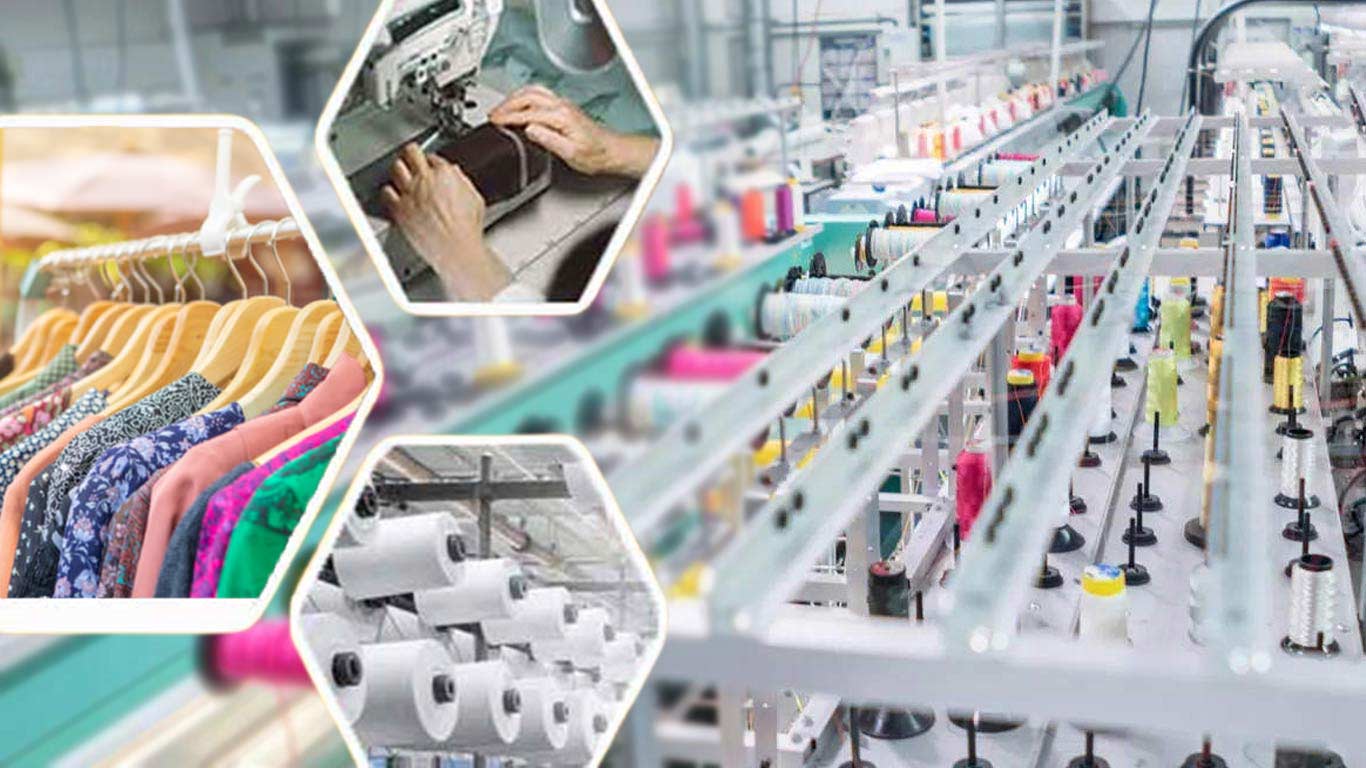
The Indian textile and apparel sector has shown robust recovery in the first quarter of the fiscal year 2025 (Q1 FY25), driven by strong domestic demand and increased exports. The latest Wazir Textile Index (WTI) and Wazir Apparel Index (WAI) have both highlighted significant growth, indicating a positive outlook for the industry.
Key highlights
WTI performance: The WTI sales index recorded a 12 per cent increase in Q1 FY25 compared to the previous year. This growth was underpinned by a 29 per cent rise in the WTI EBITDA index, suggesting improved profits for textile companies. The consolidated sales of selected top textile companies also mirrored this trend, rising by 12 per cent during the same period. Moreover, the consolidated EBITDA margin for these companies saw a healthy increase of 2 percentage points.
WAI performance: The WAI sales index indicated a more pronounced growth, increasing by 19 per cent in Q1 FY25. The EBITDA index also grew by 13 per cent, indicating a positive financial performance for apparel companies. Consistent with the WTI, the consolidated sales of selected top apparel companies rose by 19 per cent, while the consolidated EBITDA margin remained unchanged. The apparel companies under review, included: PDS, Pearl Global Industries, Gokaldas Exports, SP Apparels and Kitex Garments. Among them Kitex Garments recorded highest sales growth in Q1 at 31 per cent at the same time SP Apparels was in the red with -2 per cent sales growth. In EBITDA too Kitex Garments led growth.
Overall sector performance: Looking at the performance of a few listed textile and apparel companies under study, consolidated sales increased 6 per cent in Q1 FY25. The consolidated EBITDA for these companies rose by 1 percentage point, indicating a modest improvement in profitability. The companies under study were: Vardhman, Welspun Living, Arvind, Trident, Filatex India, RSWM KPR Mill, Indorama Synthetic, Indo Count and Nahar Spinning. Among these RSWM and Indo Count clocked in maximum growth at 34 per cent and Welspun Living followed closely at 27 per cent. However, Arvind recorded negative growth at -0.1 per cent and Filatex at -1 per cent. However, EBITDA for these two companies were in black.
Ovearall the consolidated sales index increased 6 per cent in Q1 compared to Q1 FY24. Consolidated EBITDA too has gone up by 1 percentage point compared to Q1 FY24.
India’s textile exports and Imports
India’s overall T&A exports have gone up by 5 per cent in Q1 FY25 compared to Q1 FY24. The export of fiber has significantly increased by 17 per cent in Q1 FY25 compared to Q1 FY24. At the same time yarn and fabric exports growth were low at 2 per cent and 0.3 per cent.
India’s T&A imports have reduced by -7 per cent in Q1 FY25 compared to Q1 FY24. Import of home textile has significantly increased by 29 per cent while import of filament has significantly decreased by -32 per cent in Q1 FY25 compared to Q1 FY24.
Factors driving growth
There are several catalysts for the strong performance of textile and apparel sector.
Increased domestic demand: Rising disposable incomes and a growing middle class have led to a boost in domestic demand for textile and apparel products, driving sales growth.
Policy initiatives: Government policies and initiatives, such as the National Textile Policy and the Atmanirbhar Bharat campaign, have provided a favorable environment for the sector's growth.
Export growth: Rising exports to key markets have also contributed to the sector's positive performance.
Technological advancements: The adoption of advanced technologies has improved efficiency and reduced costs for textile and apparel manufacturers.
Future outlook
The positive trends observed in Q1 FY25 suggest optimism for India’s textile and apparel sector. Continued growth is expected with factors such as rising domestic consumption, expanding export markets, and technological advancements. However, challenges such as rising costs of raw material, global economic uncertainties, and competition from other countries could impact the sector's future performance.
However, the bottomline is India’ textile and apparel sector has shown strong recovery in Q1 FY25, with higher sales and profits. The positive trends suggest a promising outlook for the sector, but it is essential to closely monitor evolving market dynamics and address potential challenges to sustain this growth trajectory.











